South Africa hosts International AIDS Conference and annual commemoration
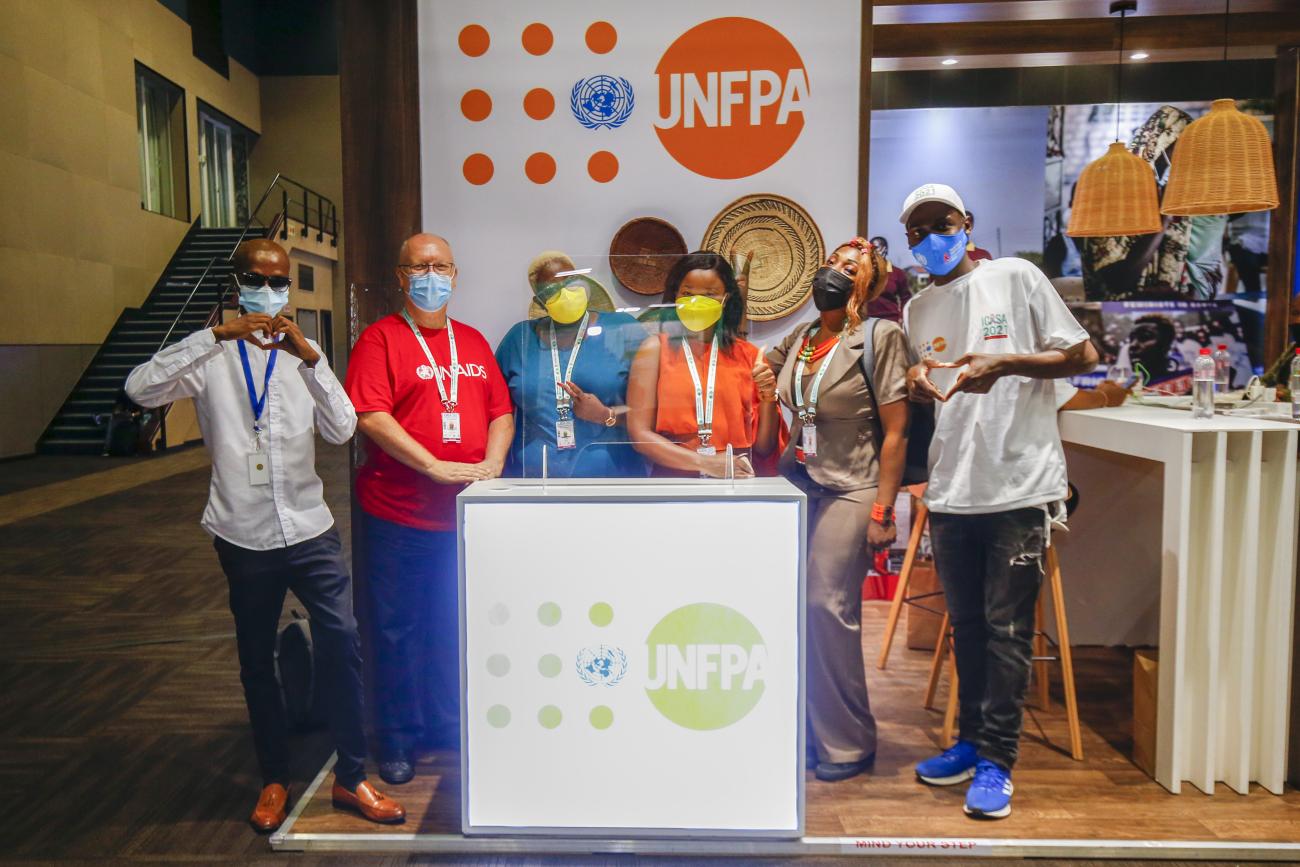
Deputy President Mabuza noted that health services in South Africa had been heavily affected by Covid-19, derailing progress in HIV and Tuberculosis treatment.
HIV and AIDS were on the minds of many people in the closing weeks of 2021, as South Africa joined global commemorations of World AIDS Day on 1 December and shortly thereafter hosted the International Conference on AIDS and Sexually transmitted infections in Africa (ICASA), 6-11 December.
Deputy President and Co-Chair of the South African National AIDS Council (SANAC), David Mabuza, led the national commemoration of World AIDS Day in Limpopo Province for the first time since South Africa began observing World AIDS Day in 1996.
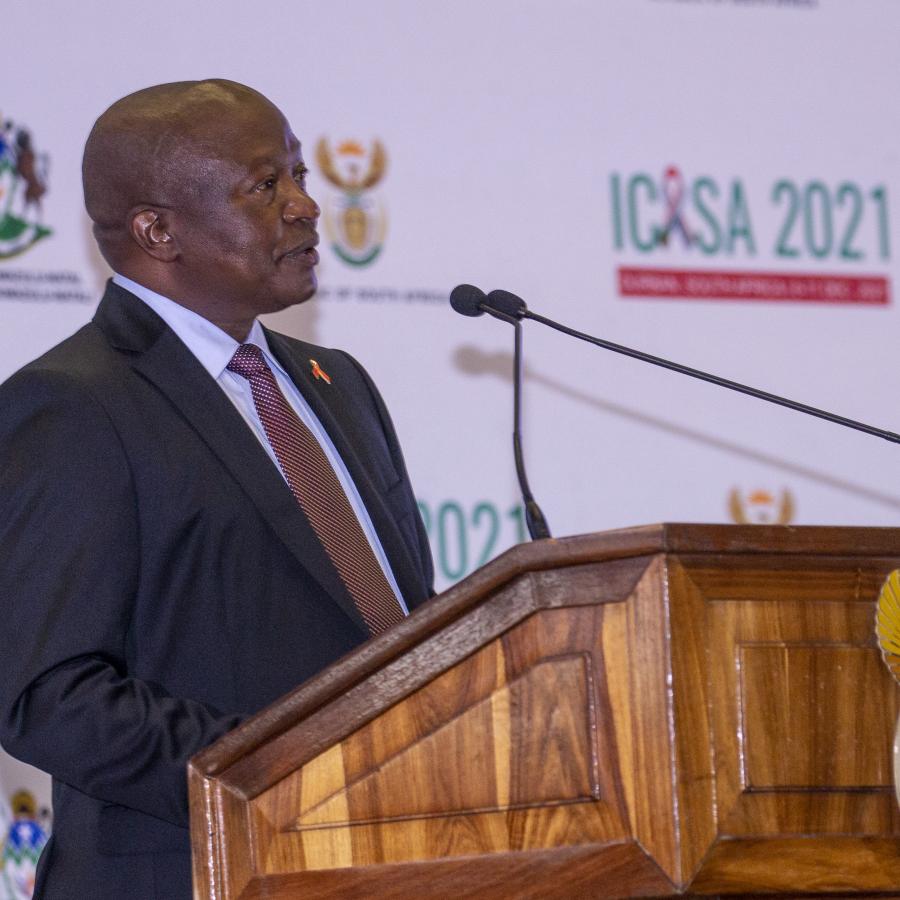
The event was held in Xikundu Village and was also attended by the Minister of Health Dr. Joe Phaala and the Deputy Minister of Social Development, Hendrietta Bogopane-Zulu; the Premier of Limpopo, Stanley Mathabatha; the MEC for Health of Limpopo, Dr. Phophi Ramathuba; and the Co-Chair of SANAC and Chair of the SANAC Civil Society Forum, Steve Letsike. Invited speakers included the USA Embassy Chargé d’Affaires, Todd P. Haskell and UNAIDS Country Director Eva Kiwango on behalf of the UN Resident Coordinator, Nardos Bekele-Tomas.
Referring to the continuing pressures of the Covid-19 pandemic, the Deputy President told the gathering of several thousand people that South Africa is a “resilient nation that has demonstrated amazing ability to focus our energies to tackle and overcome serious challenges that threaten to divide us as a people and tear us apart as a country”.

The Deputy President noted that in June 2021, South Africa participated in the United Nations High Level Meeting on AIDS where world leaders made a commitment through a Political Declaration to end HIV/AIDS and Inequalities in their respective countries. All UN Member States, including South Africa, made a commitment despite the Covid-19 setbacks, to get their countries back on track and realise the global vision of ending AIDS as a public health threat by the year 2030.
“That is why today we join the world in commemorating World AIDS Day 2021 under the theme, ‘Working Together to End Inequalities, AIDS, TB and COVID-19. Get Tested. Get Vaccinated. Adhere to Treatment’,” he said. “It is a call to working together in ensuring that the right of all of us in our individual capacities and without distinction of any kind, to have equal access to health services free of any form of discrimination.” He noted the interlinkages between inequalities, HIV, and pandemics, and said the objective of ending AIDS must be considered in the context of a fairer and more equitable society with strengthened health systems and improved social security.
Deputy President Mabuza said that despite the many steps taken already, “we have suffered certain setbacks in other aspects of human progress; these include teenage pregnancy, gender-based violence and femicide, stigmatisation of those who are HIV positive, killings of LGBTQI+ community members, ritual killings especially of people with albinism, as well as continued hesitancy to take up Covid-19 vaccines.” South Africa was mindful that key and vulnerable populations, including people living with HIV, continue to experience discrimination that can affect their quality of life and well-being, he said. For these reasons SANAC has been engaging with civil society, interfaith leaders, traditional leaders, traditional healthcare practitioners and the private sector on how to address structural barriers and social determinants of the spread of HIV.
“We have the potential to unite and work as a cohesive force of change to improve the well-being of our nation, thereby changing the course of history towards ending AIDS as a public health threat by 2030,” he said. “We do so, for we recognise the important role of societal institutions such as family and cultural and religious sectors in the prevention of the global AIDS epidemic and in treatment, care and support of those infected and affected. Furthermore, we have agreed to work together in addressing gender-based violence and femicide, and to promote gender equality and the empowerment of women, in order to reduce the vulnerability of women and girls to HIV/AIDS.”
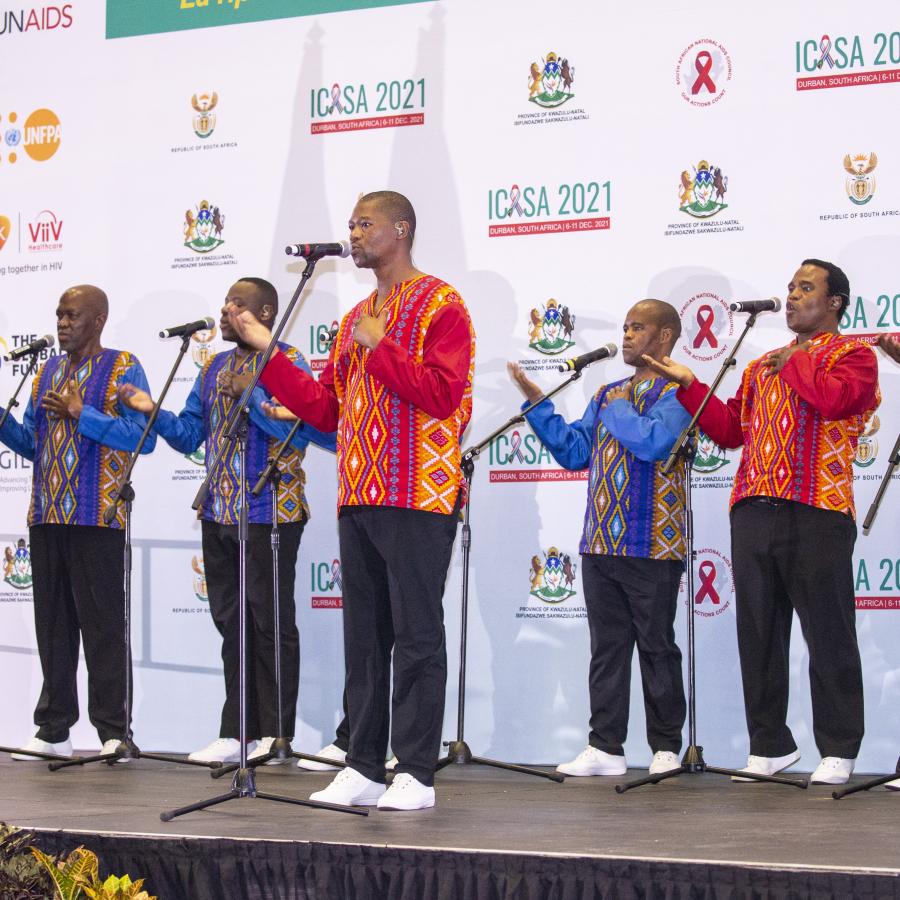
Supporting measures taken in South Africa include regulating licenses for liquor outlets in communities, so they are not near schools for example, and campaigning for the elimination of drugs and substance abuse “to ensure that our children are freed from this scourge.”
The Government has prioritised the empowerment of women through targeted policies to achieve equity in the workplace, in senior leadership in government, and in private companies. “But the challenge of discrimination and violations against women continues,” he said. “That is why we have to empower women and girls to take charge of their sexual and reproductive health and reproductive rights, in accordance with every other convention that we have signed and committed to at the international level in order to end their marginalisation.” Deputy President Mabuza noted a recent report by Statistics South Africa, that more than 34 000 teenage girls gave birth in 2020, of whom 688 were younger than 10 years of age. He described this as a source of shame. “We cannot even begin to characterise these as teenage pregnancies, but acts of crime that need to be prosecuted. We must stand up against this social ill and call on law enforcement agencies to track these violations.”
Deputy President Mabuza noted that health services in South Africa had been heavily affected by Covid-19, derailing progress in HIV and Tuberculosis diagnosis and treatment, but that the country was already struggling to reach the UNAIDS 90-90-90 targets for HIV testing and treatment by 2020. He noted that a catch-up plan was already underway and vowed that South Africa would reach those targets by 2022. He also expressed determination that the country would reach the revised targets of the new Global AIDS Strategy by the 2025 deadline. The Deputy President said South Africa would draw on knowledge gained from 40 years of the global AIDS pandemic and use evidence of what works, including addressing societal barriers that reinforce inequalities, and taking an integrated approach to the colliding pandemics of HIV, TB and Covid-19.
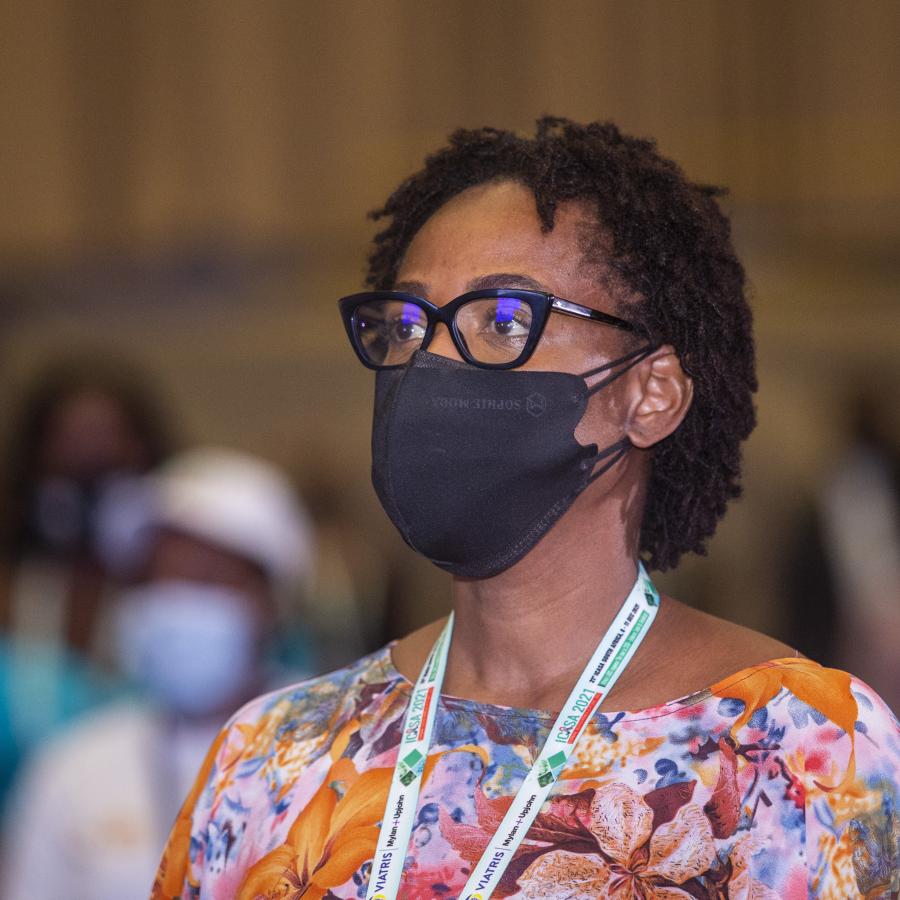
Speaking on behalf of the UN Resident Coordinator, the UNAIDS Country Director for South Africa referred to the new World AIDS Day Report, unequal, unprepared, under threat: why bold action against inequalities is needed to end AIDS, stop COVID-19 and prepare for future pandemics, which was published days earlier. The report forecasts 7.7 million AIDS-related deaths between 2021 and 2030 if HIV service coverage is held constant at 2019 levels. Of these, 4.4 million deaths would be in Africa. However, if the Global AIDS Strategy 2021-2026 is executed and 2025 targets are achieved, UNAIDS estimates that at least 4.6 million of those lives globally can be saved over the decade.
Other speakers noted the critical importance of putting communities at the centre of the response to HIV, using lessons learned from the AIDS response and addressing inequalities including gender-based violence, stigma and poverty that increase risks for vulnerable people and limit access to health services.
ICASA
These and other themes were explored in greater detail during ICASA in Durban, 6-11 December. Planned as a hybrid event, the conference was declared on the opening day to be purely online, following a surge in Covid-19 cases, the emergence of the Omicron variant, and the declaration of a 4th wave of Coronavirus in KwaZulu-Natal.
Deputy President Mabuza officiated at the opening of the conference as Acting President of South Africa. He was joined online by the UNAIDS Executive Director, WHO Regional Director for Africa Dr. Matshidiso Moeti, the South Africa Minister of Health Dr. Joe Phaala and other VIP speakers.
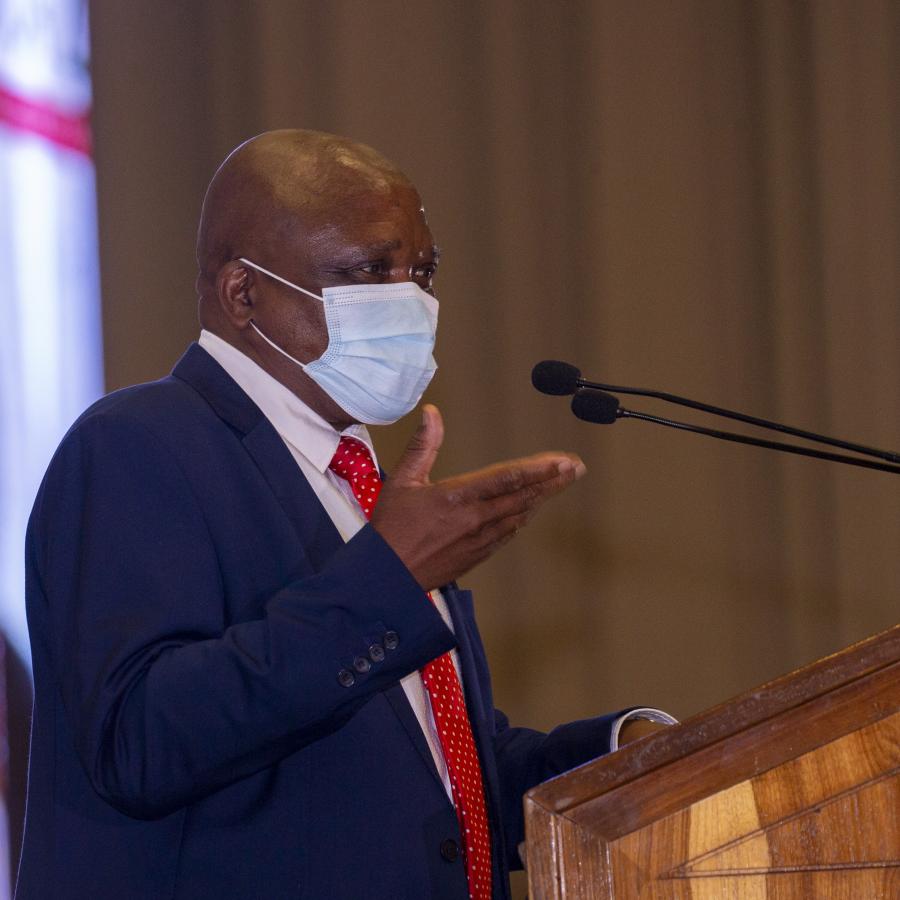
ICASA is held every two years and alternates between anglophone and francophone hosts. It was sponsored this year by UNAIDS, WHO and UNFPA, among others, and engaged the global heads of each institution plus those of the Global Fund to Fight AIDS, TB and Malaria, the Africa CDC and many more. Three concurrent streams on leadership, science and communities held dozens of plenaries, satellites, and special sessions on diverse topics.
Highlights of the conference included the renewal of the ESA Commitment on the needs and rights of young people; the launch of Education Plus, to keep girls in school; a Call to Action to leave no-one behind through differentiated HIV testing and treatment service delivery in Africa; and strong calls to innovate to accelerate implementation of the new Global AIDS Strategy.
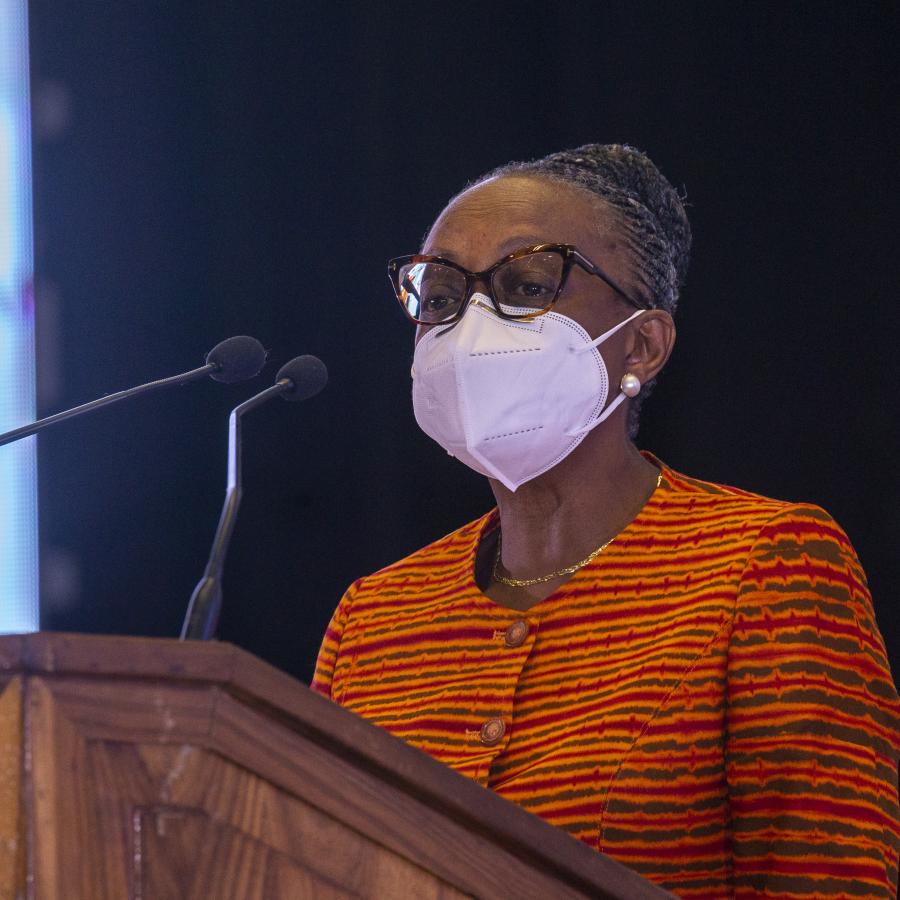
The audience heard how some countries in East and Southern Africa, are showing how sustained progress can be made against the HIV epidemic with the right mix of properly funded evidence-informed programmes that put human rights at the centre of the response. Eswatini, for example, has surpassed the HIV testing and treatment targets for 2020, while Botswana was recognized in December 2021 for becoming the first country with a severe HIV epidemic to reach a key milestone in the elimination of mother-to-child HIV transmission. This contrasts with Western and Central Africa where there has been less progress to end mother-to-child transmission of HIV and where the President of Senegal, Macky Sall, closed a regional summit on HIV in November with a call to action from governments and civil society to close the gaps in the region’s HIV response.
In Africa, 25.5 million people are living with HIV, accounting for two of every three people living with the virus worldwide.
State of Inequality
During the ICASA conference, the World Health Organization (WHO) and the Global Fund published the State of inequality: HIV, tuberculosis and malaria, with contributions from UNAIDS, Stop TB Partnership and others. The report notes that HIV, TB and malaria continue to take a disproportionally large toll on the poorest, least educated and most rural parts of society.
The report presents the first comprehensive analysis of the magnitude and patterns of socioeconomic, demographic, and geographic inequalities in disease burden and access to services for prevention and treatment. It confirms improvements in service coverage and decreased disease burden at the national level over the past decade, but also reveals an uncomfortable reality; that unfair inequalities between population subgroups within countries are widespread and have remained largely unchanged over the past decade. For some disease indicators, inequalities are even worsening, though change is possible when deliberate action is taken to reach disadvantaged populations.
# ENDS




